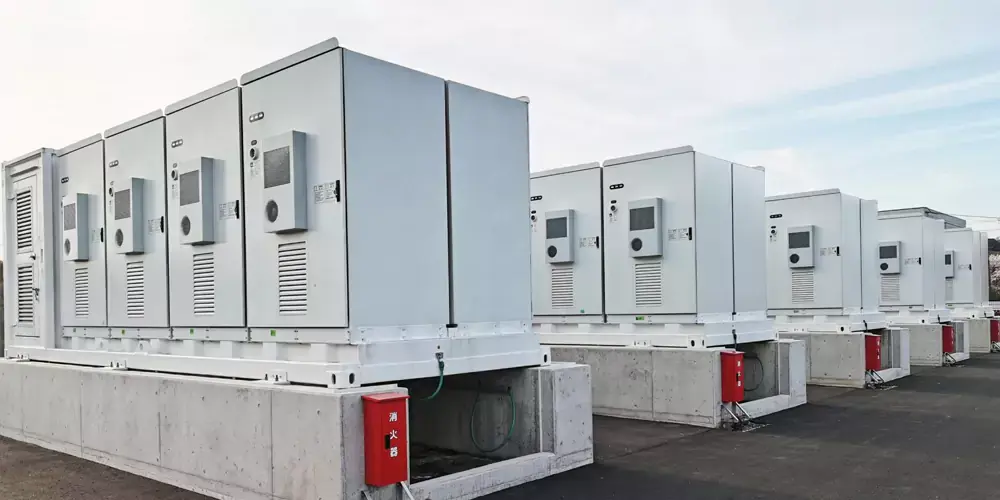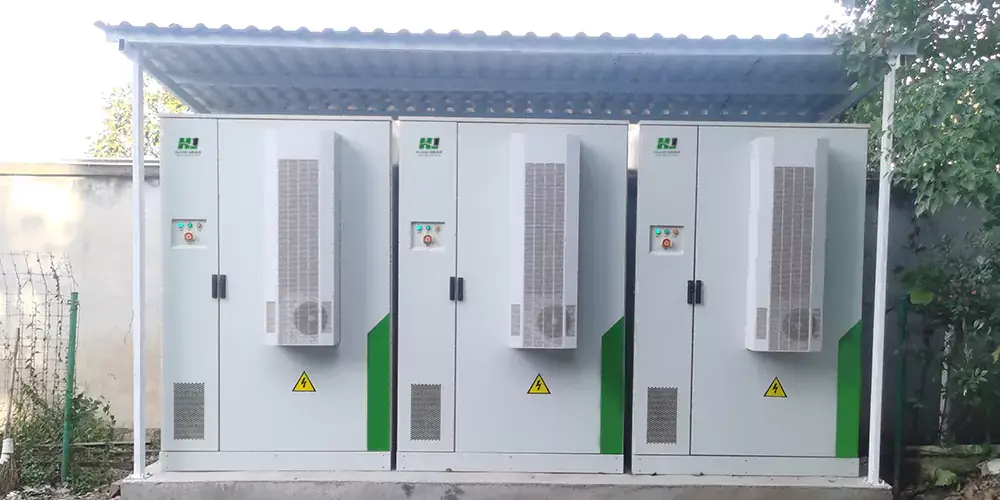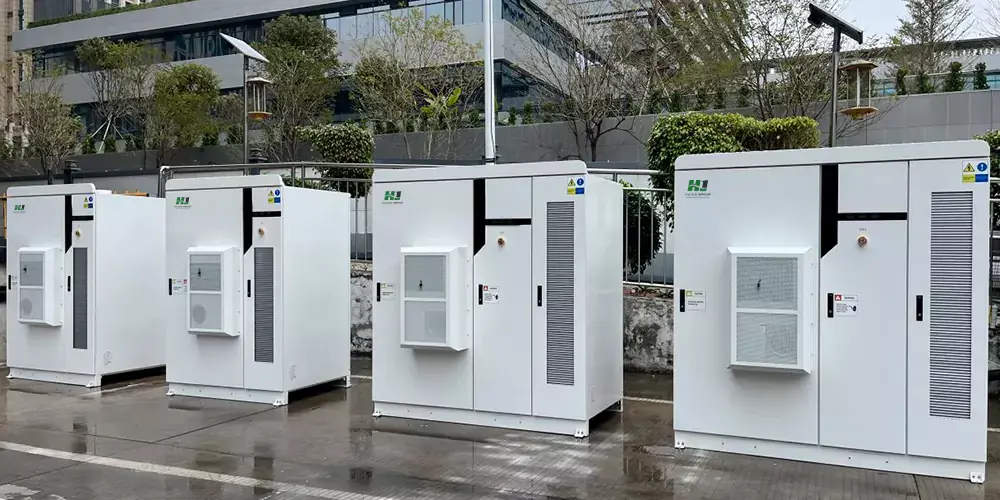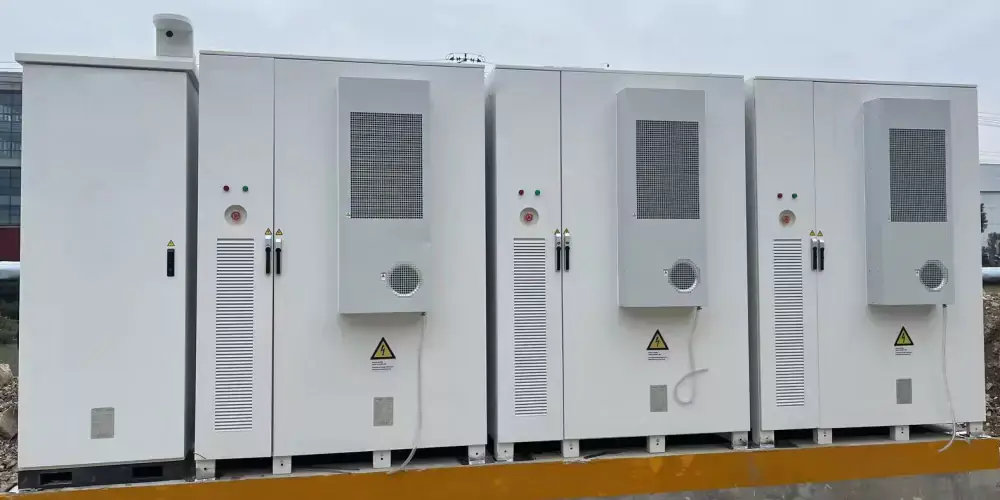How to Achieve Smart Power Management and Cost Savings with Solar-Storage-Charging Microgrid Solutions
In the quest for energy efficiency and sustainability, the integration of solar energy, energy storage, and electric vehicle (EV) charging within a microgrid framework represents a powerful solution. The combination of these technologies—solar photovoltaic (PV) systems, energy storage systems, and EV charging infrastructure—forms a solar-storage-charging microgrid. This setup not only enhances energy management but also provides significant cost savings. Here’s a comprehensive look at how these systems work together to achieve smart power management and financial benefits.
Understanding the Components
A solar-storage-charging microgrid consists of three main components:
– Solar PV Systems: These systems convert sunlight into electricity. Solar panels generate direct current (DC) electricity when exposed to sunlight, which can be used immediately or stored for later use.
– Energy Storage Systems: These typically include batteries that store excess energy generated by the solar PV system. The stored energy can be used during periods when solar production is low or when energy demand is high.
– EV Charging Infrastructure: This includes charging stations for electric vehicles. Integrating EV chargers into the microgrid allows for the use of surplus solar energy to charge vehicles, further enhancing energy efficiency and reducing reliance on fossil fuels.
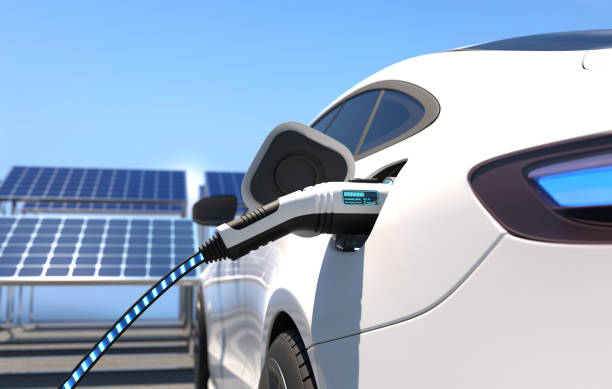
Smart Power Management
Effective power management is crucial for optimizing energy use and minimizing costs. The solar-storage-charging microgrid achieves this through several key strategies:
2.1 Dynamic Energy Balancing
The microgrid continuously monitors energy production and consumption. Solar PV systems generate energy during daylight hours, but demand can vary throughout the day. The energy storage system plays a vital role in balancing supply and demand by storing excess energy produced during peak sunlight hours and discharging it during periods of low production or high demand.
2.2 Load Shifting and Demand Response
By shifting energy consumption to periods when solar production is high, users can maximize the use of renewable energy and minimize the need for grid power. For instance, household appliances and industrial processes can be scheduled to run during peak sunlight hours. This load-shifting strategy reduces reliance on grid electricity, especially during peak hours when energy prices are higher.
2.3 Integrated EV Charging
EVs can act as mobile energy storage units within the microgrid. By charging electric vehicles during periods of high solar production, the microgrid utilizes surplus energy that would otherwise be wasted. In addition, EVs can discharge energy back into the grid or home system during peak demand periods, providing an additional layer of energy storage and load management.
Achieving Cost Savings
The integration of solar, storage, and EV charging within a microgrid framework leads to significant cost savings through several mechanisms
3.1 Reduced Energy Costs
By generating and storing solar energy, users can decrease their reliance on grid electricity, particularly during peak pricing periods. Energy stored in batteries can be used during high-cost times, thereby reducing overall electricity bills. Additionally, utilizing solar energy to charge EVs further reduces the need to purchase fuel or grid electricity for vehicle operation.
3.2 Lower Peak Demand Charges
Many utility companies impose higher rates during peak demand periods. By using stored solar energy or charging EVs during off-peak times, users can lower their peak demand and consequently reduce peak demand charges. This practice not only lowers electricity bills but also alleviates pressure on the grid during peak times.
3.3 Incentives and Rebates
Governments and utility companies often offer incentives and rebates for the installation of solar PV systems, energy storage solutions, and EV chargers. By taking advantage of these financial incentives, users can offset the initial costs of these technologies and achieve faster return on investment.
3.4 Long-Term Savings
While the initial investment in solar panels, batteries, and EV chargers may be substantial, the long-term savings from reduced energy bills and operational costs can be significant. Over time, the savings accrued from using renewable energy and avoiding high grid electricity rates contribute to a favorable return on investment.
Enhancing Sustainability
In addition to economic benefits, the solar-storage-charging microgrid contributes to environmental sustainability:
4.1 Reduced Carbon Footprint
By relying on solar energy and reducing dependence on fossil fuels for both electricity and vehicle operation, the microgrid significantly lowers carbon emissions. This contributes to cleaner air and supports broader climate goals.
4.2 Energy Independence
The microgrid provides greater energy independence by generating and storing renewable energy locally. This reduces vulnerability to energy price fluctuations and supply disruptions, enhancing overall energy security.
4.3 Integration with Smart Grids
Microgrids can integrate with broader smart grid systems, enabling more efficient energy distribution and management. This integration supports the development of a more resilient and adaptable energy infrastructure.
Challenges and Considerations
Despite the numerous benefits, there are challenges and considerations associated with implementing a solar-storage-charging microgrid:
5.1 Initial Investment
The upfront costs of purchasing and installing solar PV systems, energy storage solutions, and EV chargers can be significant. However, financial incentives and long-term savings can offset these costs over time.
5.2 System Sizing and Optimization
Proper sizing of the solar PV system, battery storage, and EV chargers is essential to ensure optimal performance. An undersized system may not meet energy needs, while an oversized system could result in unnecessary costs.
5.3 Technological Integration
Integrating different technologies within a microgrid requires careful planning and coordination. Ensuring compatibility between solar panels, batteries, EV chargers, and grid interfaces is crucial for seamless operation.
Conclusion
The solar-storage-charging microgrid solution represents a transformative approach to energy management, offering both smart power management and significant cost savings. By harnessing the power of solar energy, optimizing energy storage, and integrating EV charging infrastructure, users can achieve enhanced energy efficiency, reduced operational costs, and greater sustainability. While there are challenges to consider, the long-term benefits of this integrated approach make it a compelling choice for both residential and commercial applications, paving the way for a more resilient and cost-effective energy future.
Contact us
- Email:[email protected]
- Tel: +86 13651638099
- Address: 333 Fengcun Road, Fengxian District, Shanghai
Get A Quote Now!


